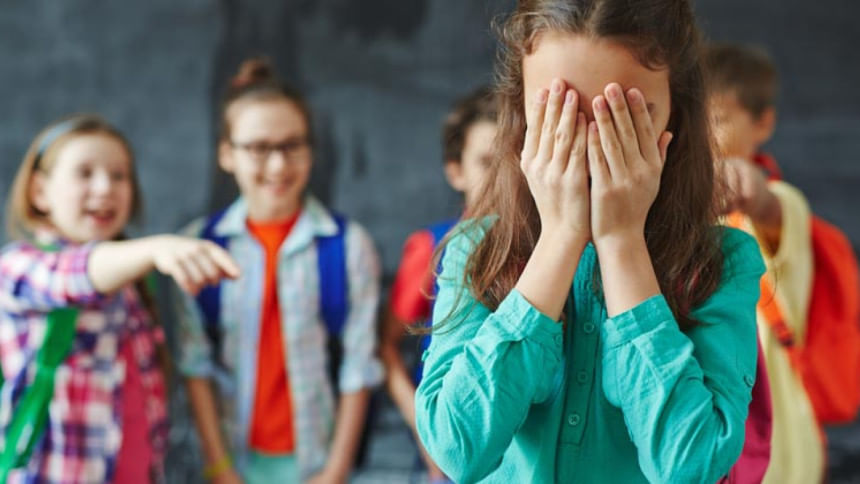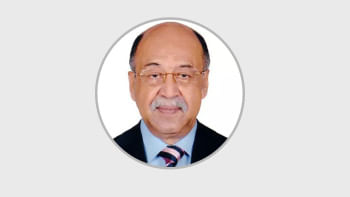Stop bullying: No one heals by wounding others

Bullying is a negative behaviour that harms individuals physically or psychologically. It includes hurting, intimidating, or dominating someone perceived as weaker. Bullying can occur anywhere—schools, playgrounds, neighbourhoods, or online—but is most common in schools.
Forms of bullying include:
1. Physical – Aggressive violence for no reason.
2. Verbal – Hurtful speech that leaves the victim distressed.
3. Social – Spreading lies or rumours to ruin reputations.
4. Cyber – Online harassment through digital platforms.
5. Sexual – Unwanted explicit behaviour.
6. Racial – Offensive remarks about race, religion, or nationality.
7. Disability – Mocking physical or mental conditions.
8. Prejudicial – Harassment based on gender or identity. Examples include name-calling, teasing, threats, public embarrassment, or exclusion.
Research shows about 20% of students aged 12–18 are bullied—often unreported. Boys face more physical bullying; girls face more social bullying. In the Philippines, the rate is 65%. Victims may suffer from isolation, depression, anxiety, poor sleep, or loss of interest.
Why do people bully? They may have been victims themselves, acting out of pride, fear, or jealousy.
What can we do? Tell a trusted adult, avoid unsafe areas, use helplines, think before posting online, and stand up for others. Resolve conflicts peacefully.
Role of elders: Listen, support, monitor friendships, and encourage hobbies. Schools must enforce anti-bullying rules and train staff to respond appropriately.
Let us choose kindness and create a safe, respectful world for all.
The writer is a health activist.

 For all latest news, follow The Daily Star's Google News channel.
For all latest news, follow The Daily Star's Google News channel. 



Comments